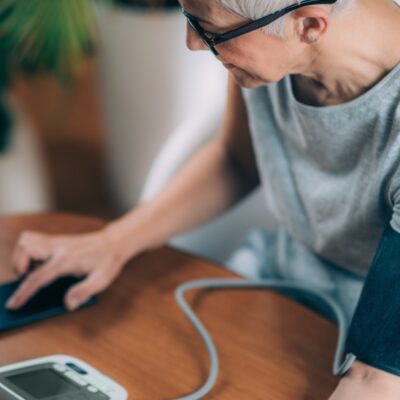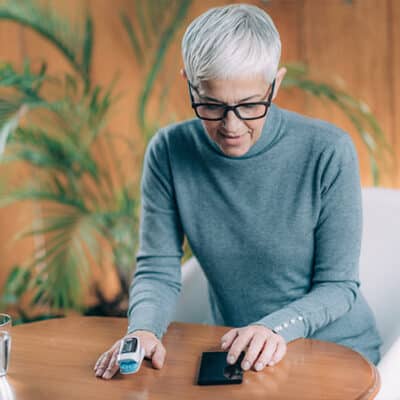Escalating costs of care, rapidly rising rates of chronic illness and extensive workforce shortages have hit the healthcare industry like a tsunami. If you add the pandemic, we are left with a resource-strapped healthcare system and an overburdened, overworked staff struggling to find ways to do exceedingly more with exceedingly less.
Many healthcare organizations are turning towards remote care programs such as remote patient monitoring (RPM) and chronic care management (CCM) to help manage care for patients with chronic conditions, such as diabetes, hypertension, asthma, CHF, COPD, or pneumonia. While these programs aren’t a magic bullet, they enable providers to do more with less by expanding their reach with remote capabilities, deeper insights and enhanced care coordination. Moreover, both CCM and RPM have demonstrated their effectiveness in improving patient outcomes and reducing care costs.
For example, the Centers for Medicare and Medicaid Services found that CCM helped lower hospital, emergency department and skilled nursing facility costs and reduced the likelihood of hospital admissions. Research demonstrated that CCM:
- Decreased hospitalizations by almost 5%
- Reduced emergency department (ED) visits by 2.3%
- Increased preventative care visits by 8%
Additionally, a KLAS research report found that RPM successfully reduced hospitalizations by as much as 38%. The study also found that RPM was associated with a:
- 25% reduction in ED visits
- 25% reduction in readmissions
- 25% increase in patient satisfaction
- And a 17% reduction in costs
Prevention is the common thread running through RPM and CCM. And the real value is engaging patients on a more regular basis between office visits. What better way to ensure your comprehensive care plan is working than to include the regular monitoring of physiological data? This is why RPM complements CCM so well. It provides deeper insights into the patient’s health, enhanced care coordination, and increased patient engagement without adding the additional burden of manually tracking readings. In addition, having regular access to a patient’s blood pressure, weight, blood sugar and blood oxygenation can help reduce the risk of complications by providing a clearer picture of the patient’s health so the care team can intervene when necessary.
Clinical and Financial Benefits of RPM and CCM
Not only do RPM and CCM complement each other clinically, but they also work well together financially. Because RPM and CCM are separate, billable Medicare programs, providers can bill for both RPM and CCM together, RPM CPT code 99457 and CCM CPT code 99490.
CMS recognizes that these services complement one another. However, the individual time requirements for each service must be met separately. Billing 99457 and 99490 together requires a provider to deliver at least 40 minutes of services: 20 minutes of RPM and 20 minutes of CCM.
Are You Ready to Enhance Your Remote Care Program with RPM and CCM?
If you have a successful CCM program or are considering launching one, RPM can make it even better. Or, if you have an existing RPM program, adding CCM can complement your program to empower better health outcomes while helping your practice maximize reimbursement.
With the 100plus CCM+RPM program, our team of clinicians handles all the routine monitoring and care plan documentation, including patient identification, enrollment, education, and outreach, while alerting you only to what’s important. So you and your staff can focus on what matters most.
Learn How CCM and RPM Can Help Your Patients and Your Practice
In addition to providing better care for your patients with chronic conditions, RPM and CCM can allow your practice to maximize reimbursement without additional staffing or administrative burden.
To gain a better understanding of what reimbursement might look like for your practice, contact us today.



